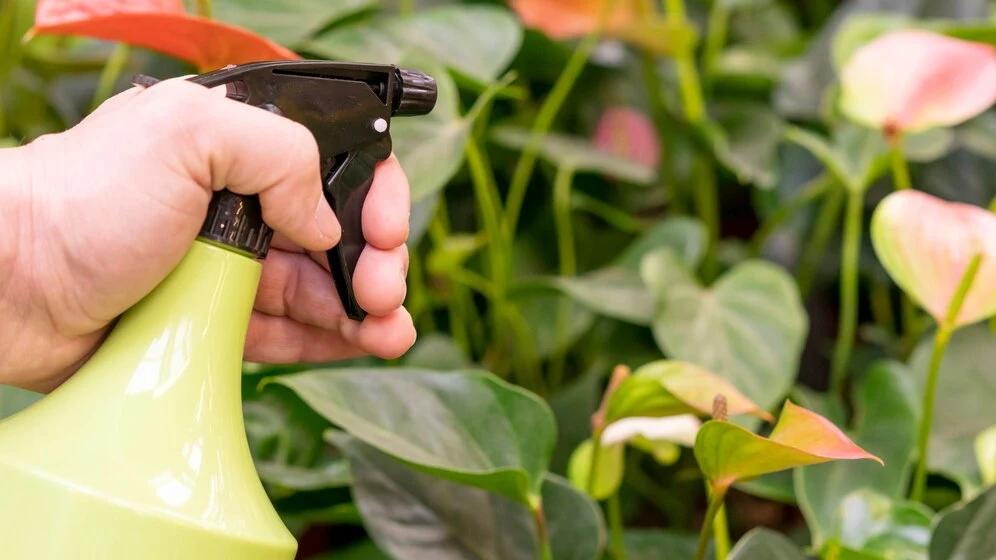Understanding Chinch Bugs
Chinch bugs are a common lawn pest found in many regions. They are notorious for damaging the grass and turning lush green yards into brown, lifeless patches. These tiny insects thrive in warm climates and are particularly active during the hot summer. Understanding the biology and behaviour of chinch bugs is the first step toward effective lawn care and maintenance.
What Are Chinch Bugs?
Chinch bugs are small insects, typically no more than 1/5 inch long. They belong to the family Blissidae and are most commonly found in turfgrass environments. These pests have a distinctive appearance, with black bodies and white wings that fold over their backs. Younger nymphs can appear bright red. Their life cycle includes several stages: egg, nymph, and adult, all of which can damage your lawn if not managed properly.
How Do They Damage Your Lawn?
Chinch bugs feed on grass by sucking the sap out of the plant tissues. They insert their piercing mouthparts into the grass blades and extract the nutrients. As they feed, they inject a toxin that causes the grass to turn yellow, brown, and eventually die. This damage typically appears as irregular patches of dead or stunted grass in the lawn, often mistaken for drought stress.
Identifying and Diagnosing Chinch Bug Damage
To effectively manage chinch bug infestations, it’s crucial to correctly identify the signs and symptoms of their presence in your lawn.
Signs of Infestation
The most common sign of chinchbug activity is the appearance of irregularly shaped patches of yellowing or brown grass. These patches often start small but can quickly spread if the infestation is not addressed. Another telltale sign is the presence of the bugs themselves, visible as tiny black dots moving around the base of grass stems or under debris within the affected area.
How to Check for Chinch Bugs
A straightforward method to check for chinch bugs is the flotation test:
- Cut the bottom off a metal can and push it several inches into the soil at the edge of an affected area.
- Fill the can with water and wait. If chinch bugs are present, they will float to the surface within a few minutes.
This method not only confirms their presence but also helps gauge the severity of the infestation.
Managing Chinch Bugs in Your Lawn
Effective management of chinch bugs involves cultural practices, biological controls, and, if necessary, chemical treatments.
Cultural Practices
Maintaining a healthy lawn is the first line of defence against chinchbugs. Proper mowing, watering, and fertilising can strengthen grass and make it less susceptible to damage. It’s essential to avoid overwatering and to mow at a height appropriate for your specific grass type, as short grass can stress the lawn and make it more vulnerable to pests.
Biological Control
There are natural predators of chinchbugs, such as ladybugs and lacewings, that can be encouraged or introduced into your lawn as a biological control method. These beneficial insects feed on chinchbugs and can help manage the population naturally.
Chemical Control
In severe cases, chemical pesticides might be necessary. However, correctly choosing and applying the right product is crucial to minimise environmental impact and avoid harming beneficial insects. Always follow the manufacturer’s instructions and consider consulting a professional for application.
Prevention and Long-Term Care
Preventing chinch bug problems starts with understanding and monitoring your lawn regularly. Watching for early signs of damage and maintaining healthy lawn practices are crucial to preventing these pests from becoming a significant problem.
Routine Monitoring
Regularly inspect your lawn for signs of stress, such as discolouration or thinning of grass. Early detection of chinch bugs can significantly reduce the damage they cause and the need for extensive control measures.
Sustainable Lawn Care Practices
Incorporating sustainable practices such as reducing pesticide use, implementing integrated pest management (IPM) strategies, and selecting drought-resistant grass varieties can enhance your lawn’s resilience against pests like chinch bugs.
Dealing with Chinch Bugs in Calgary
For residents of Calgary, chinchbugs can be a particular nuisance. Notably, you may encounter black and red bugs in Calgary that resemble chinchbugs. These could be different species, so proper identification is crucial. Consulting with local extension services or pest control experts can provide specific guidance tailored to your region’s climate and pest species.
Conclusion
Understanding chinch bugs is essential for maintaining a healthy and vibrant lawn. By identifying signs of infestation early, employing effective management strategies, and engaging in preventative practices, you can protect your lawn from the ravages of these tiny but destructive pests. Always consider environmental impacts and aim for sustainable solutions to pest problems in your garden.
If you find this article helpful, check out our blog for more informative content.







